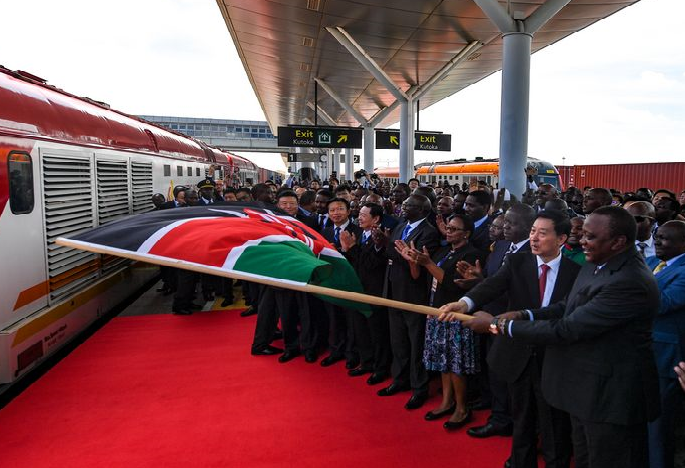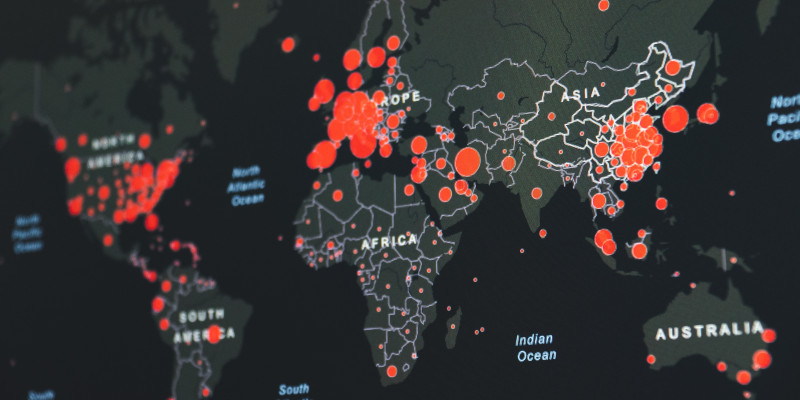Bringing drone technology to the gobal communities who may benefit most is difficult. Challenges range from regulatory hurdles, communcation issues, extreme weather, to community acceptance: but aerial imagery and mapping can provide stunning benefi...
Bringing drone technology to the gobal communities who may benefit most is difficult. Challenges range from regulatory hurdles, communcation issues, extreme weather, to community acceptance: but aerial imagery and mapping can provide stunning benefits to remote populations.
At the Pix4D User Conference in Denver this week Hyun-June Choi, CEO of Canada’s Altohelix, took us inside their mission working with the Kenyan Red Cross.
Altohelix first worked with the Kenyan Red Cross to develop some clear short-term goals: mapping areas of disaster risk; crop monitoring for food security; and aerial video and photography for communications and PR efforts.
Kenya experiences extreme weather cycles – and in some areas, the floods and the rains consistently cause loss of homes, crops, and lives. “They have a constant cycle of floods and drought – and the cycles are getting worse,” says Choi. As a result, the Kenyan government is working to resettle some communities who get flooded every year: a critical and immediate need for aerial data.
No Regulations
Mapping areas for resettlement to ensure that they are out of the flood plain and appropriate for new construction was Altohelix’ first mission. But they immediately ran into a roadblock: “The first thing we had to do was to overcome regulations,” says Choi. “Kenya does not allow any civilian drone operations. The Kenyan Civil Aviation Authority (KCAA) is still drafting the drone regulations for the country, and Kenyan Defense Forces (KDF) are the only ones officially allowed to fly.” Altohelix was able to work with the Kenyan government and KDF to receive permissions: they were accompanied by KDF personnel on all of their flights.
Training and Operations
Knowledge transfer was part of the mission, and Altohelix did 5 days of ground school and 5 days of flight training. They used Mavic 2 Pro aircraft, the cheapest, most available and most practical tool for the job. Then it was time to execute: but, as Choi explains, conditions weren’t ideal. “No cell phone, no electricity, no wi-fi, no paved roads,” says Choi. “It was challenging. ”
Using imagery from the Mavic 2 Pro and Pix4D for processing, the team created a digital surface model (DSM) of the proposed resettlement area, to ensure that the area was out of the flood zone and safe for new construction. “The project showed the full extent of the flood damage, and the changing landscape,” says Choi. “With a single flood, the entire shape of the river bed changed.” It’s a model that simply couldn’t be created with satellite imagery, Choi points out: “Satellite data resolution is just too low.” As a result of that mission, the Kenyan Red Cross constructed 5,715 new shelters, replacing the weather vulnerable traditional huts destroyed by the flooding.
Next Steps
That mission has smoothed the way for expansion of the program, which has now been approved. The Kenyan team plans to purchase more equipment and expand into new missions. “We’ll execute more operations,” says Choi. “We’ll purchase Pix4Dreact [real time 2D mapping], Pix4Dmapper, a Wingtra One [fixed wing drone] and sensors, and we’ll make improvements to the SOPs [standard operating procedures.]
The team has already expanded operations to monitor the rapidly expanding refugee camps in the western part of the country and evaluate drought conditions. They are providing critical data for decision makers when many lives are at stake. It’s a job that only a drone can do – and Altohelix is helping the Kenyan Red Cross to do it.
Original Source: https://dronelife.com/2019/10/03/drones-for-good-mapping-for-the-kenyan-red-cross-with-altohelix/




